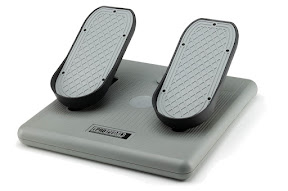 There's very little recourse for a pilot who just can't get into a plane. Sometimes it's too expensive, sometimes the weather's too bad, or sometimes you just wanna see what you (or the plane) can handle. When I can't fly, I'll fire up my projector and play a little Microsoft Flight Simulator X.
There's very little recourse for a pilot who just can't get into a plane. Sometimes it's too expensive, sometimes the weather's too bad, or sometimes you just wanna see what you (or the plane) can handle. When I can't fly, I'll fire up my projector and play a little Microsoft Flight Simulator X.Some people don't care much for flight simulators, but to be honest, it helps me keep fresh on instrument approaches, aerobatics, and the exciting planes I'll get to fly someday :). Problem was, all I had was a joystick . . . it was a nice (but cheap) Saitek Cyborg Evo Joystick. You can rotate the joystick for yaw, but climbing requires right rudder (even in flight sim) and I was getting tired of killing my wrist trying to crab for landing.
I picked up the CH Products Pro Flight Pedals and started having a lot more fun. They move like you'd expect rudder pedals to move: when the right goes back the left comes forward. If you're into driving games, the pedals can be fixed so that they behave like car pedals . . . but what would I know about that? I just like the sensitivity, control, comfort, and toe brakes.
These pedals are definitely worth it and Flight Simulator X is a lot of fun including free flight to a number of great missions. You can even play as an air traffic controller in online multi-player gaming. It's a great reprieve for the frustrated pilot. Check it out.
Have fun. Be safe. Happy Piloting.
I really appreciate comments so please feel free to comment on my posts. Whether you agree or disagree, I'd love to hear from you. Also, feel free to link back to your own blog in your comments. You can even subscribe to an RSS feed of the comments on this thread.
© 2008 — , D. Patrick Caldwell, Vice President for Research and Development, Emerald Software Group, LLC
© 2008 — , D. Patrick Caldwell, Vice President for Research and Development, Emerald Software Group, LLC



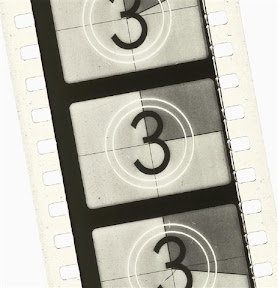 As a pilot, of course I love all things aviation. Assuming you do too, I decided to compile a complete list of the best aviation movies I've found. Originally, it was going to be "Top 10 Flying Movies," but there are just too many.
As a pilot, of course I love all things aviation. Assuming you do too, I decided to compile a complete list of the best aviation movies I've found. Originally, it was going to be "Top 10 Flying Movies," but there are just too many.

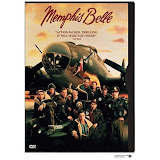



















 I'm not really all that frugal. I put a little money into savings from time to time, but I don't save a whole lot; yet, I somehow never seem to accrue any possessions. I think I've figured out why this is. It's because
I'm not really all that frugal. I put a little money into savings from time to time, but I don't save a whole lot; yet, I somehow never seem to accrue any possessions. I think I've figured out why this is. It's because 
 10) You have something to do with your feet
10) You have something to do with your feet
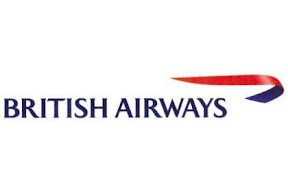

 Yesterday, I read a bunch of blog posts about using in-flight checklists. I found even purported CFIs and airline pilots recommending that you treat a checklist like a checklist as opposed to a "do list." Basically, they were recommending that you configure the airplane with a mnemonic flow and then go through the checklist just to make sure you did it right.
Yesterday, I read a bunch of blog posts about using in-flight checklists. I found even purported CFIs and airline pilots recommending that you treat a checklist like a checklist as opposed to a "do list." Basically, they were recommending that you configure the airplane with a mnemonic flow and then go through the checklist just to make sure you did it right.




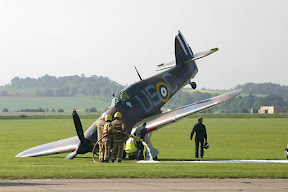

 click for more information
click for more information
